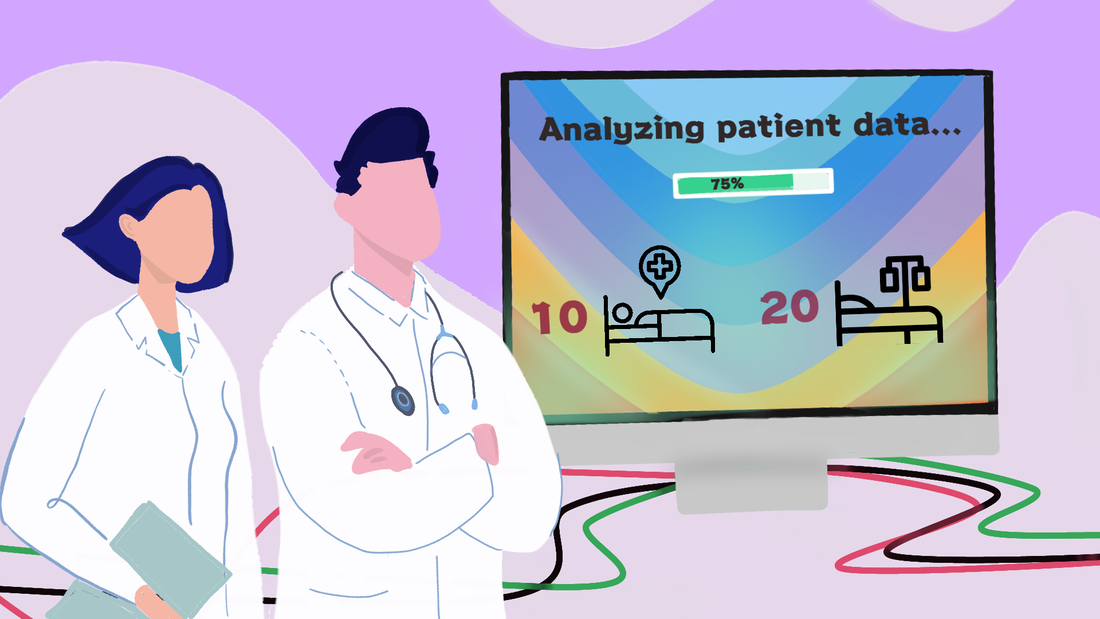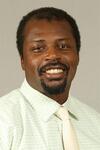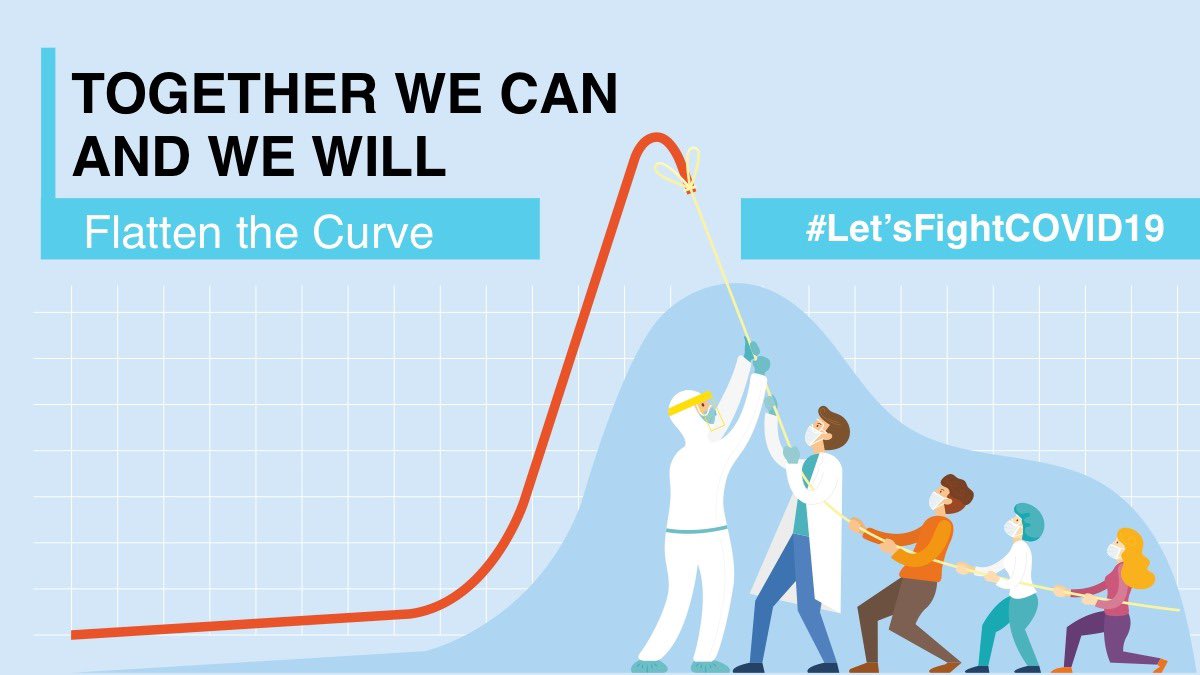|
Interview by: Hannah Lin (CC '23)
The following is a heavily condensed version of the full interview. If you're interested, read more here. Let’s back up to the pre-COVID days. You two are the principal investigators, or PIs, of a study called the CONCERN study. Can you talk about that? Rossetti: It stands for “Communicating Narrative Concerns from RNs.” Essentially, we know that nurses are at the bedside in the hospital with patients observing them the most of any clinicians in the hospital. They observe when patients are not doing well, they observe when patients have signs and symptoms before vital signs change that indicate that they are going to have a potentially bad event in the hospital, such as a cardiac arrest or death. We are actually able to detect when nurses have this level of concern about a patient because we look at how they record information about the patient. They record information more frequently, because they’re going into the patient’s room more frequently, and they’re paying close attention to certain things. So we can see that pattern in the electronic health record (EHR) and we’re able to use different data science techniques to identify early when a patient’s at risk for deterioration for a bad event. We can use that information in a prediction model so that the entire care team can be better aware earlier that the patient is at risk. Your COVID-19 project is called “Scaling up for Surge Capacity and COVID-19 Patient tracking in the Electronic Health Records: Leveraging Healthcare process modeling”. Can you break that down? Cato: The idea behind this project is that during a community-wide emergency like COVID-19 or 9/11, where you have lots of people using hospital resources at the same time, there are a couple things that happen. What we were trying to do was help the hospital track patients in a more automated way to understand how many really sick patients were on ventilators.
tagging it as that, because then you’ve led yourself to a human error. What we wanted to achieve was two goals: one was to reduce that human error, but two, we wanted to automate it so we could have it in real time.
How were your results? Cato: We had really good results; our precision was about 99%, which means that if you had 100 really sick patients, our method would know that almost 100 of those patients were really sick patients. The take home message from that is that human beings aren't right all the time. What are your next steps in terms of COVID-19 research? Cato: One is the resource mapping that I was just talking about, the bed tracking. The idea is that we want to be able to build applications that people can use throughout the country and world where this can happen automatically and a human being doesn’t have to go and count the resources every day.
Rossetti: Another related issue that we were looking at is which of our patients are on ventilators. Ventilators were a huge issue during COVID. The information about ventilators is recorded in some ways that makes it complicated to identify the precise time at which a patient started on a ventilator and stopped on a ventilator. We’re able to apply this healthcare process modeling technique in order to have more accurate timeframes for when patients are on ventilators.
To end with some optimism, what gives you hope for the future? This can be related to your research, science more broadly, or life in general. Rossetti: So many things have occurred in the last few months and weeks. I think we’re seeing a lot of change—needed change and good change that needs to happen in the world regarding Issues around racial disparities and systemic bias. These conversations need to happen and are happening, so I see that movement being escalated, and hopefully, will continue. Related to the specific work that I do, if you look at what happened during the COVID response, we have amazing clinicians that were and are our heroes. We actually can show from the health care records the decisions clinicians are making for their patients, and the expertise that they’re applying is really amazing. We want to continue our work and continue perfecting these data science techniques, these healthcare process models, to really show the great work that clinicians are doing.
I also feel very optimistic about how, when you look at COVID, we’ve been able to get different scientific domains to ramp up very quickly and throw a lot of research and work at these problems relatively quickly. Hopefully these teams and all these great scientists that have been working on this problem can be able to pivot and work on some of the other things that we thought we couldn’t fix or solve previously.
0 Comments
Your comment will be posted after it is approved.
Leave a Reply. |







